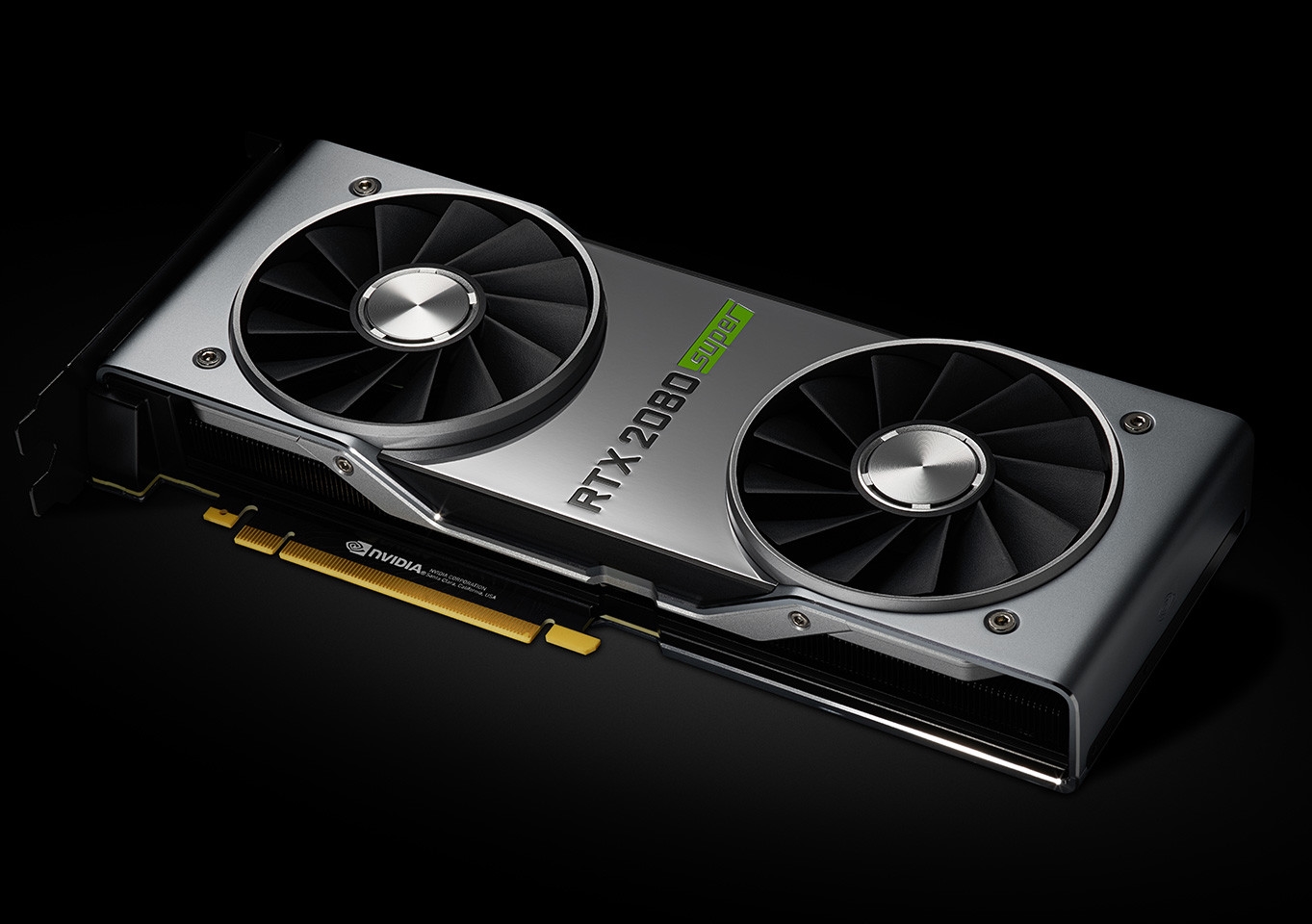At Cologne Game Show, NVIDIA has no new hardware, but fiercely outbursts in soft power. First, it shows the "Rebirth Edge", "Modern War", "The Evanescent Light 2", "Watchdog: Legion", "My The ray tracing effect of the World, "Control", "Vampire: Avoiding the Blood Race 2", "German Headquarters: New Blood" and other games, now brings a special version of the game chicken blood drive, version number 436.02, Known as the game's performance improvement of up to 23%, there are four new technologies.
- Performance improvement
Under the new GeForce 436.02 drive, the performance of "Apex Hero", "Battlefield 5", "Extreme Racing: Horizon 4", "Singular Squad", "Zombie World War" and other games can be improved compared to the previous 431.60 version. Up to 23.4%.
Of course, the specific improvement depends on the game, graphics card, resolution, picture quality and other different settings, the best situation comes from the RTX 2080 Super 1080p and the highest quality running "Apex Hero".
Look at the picture in detail:

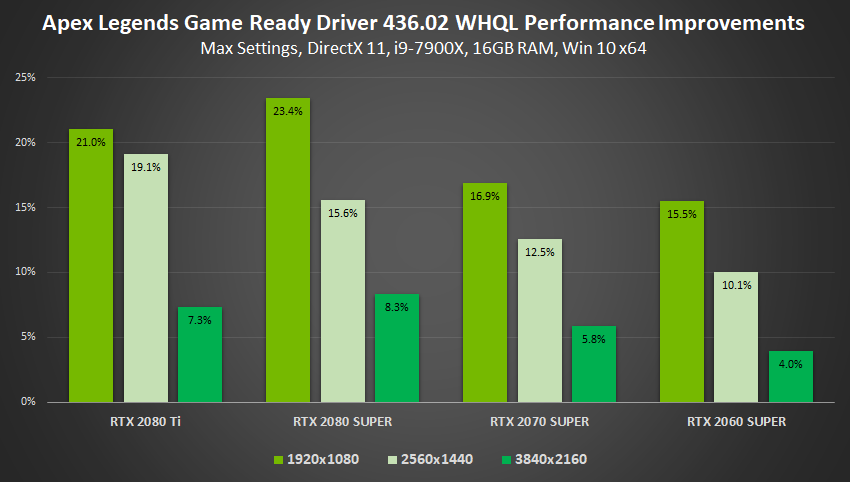


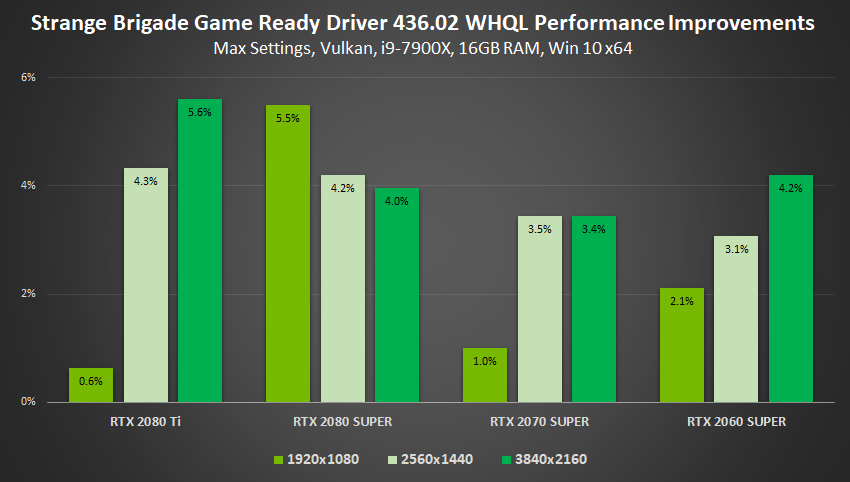


- Ultra low latency
AMD released the RX 5700 series and proposed Anti-Lag anti-delay technology. NVIDIA has a similar response, adding a "Low-Latency Mode" to the drive control panel, which can be turned off (Off). Open (On), Super (Ultra) three modes.
In the off state, the game engine automatically saves 1-3 frames in the queue as the maximum rendering output. The number of queue frames in the on state is 1, which is equivalent to the old driver setting Max_Prerendered_Frames = 1.
In the ultra-low delay mode, real-time frame scheduling can be realized. When the GPU just needs it, the frame picture is submitted and the rendering starts immediately. Compared with the previous pre-rendered frame picture adjustment technology, the delay can be further reduced by up to 33%.
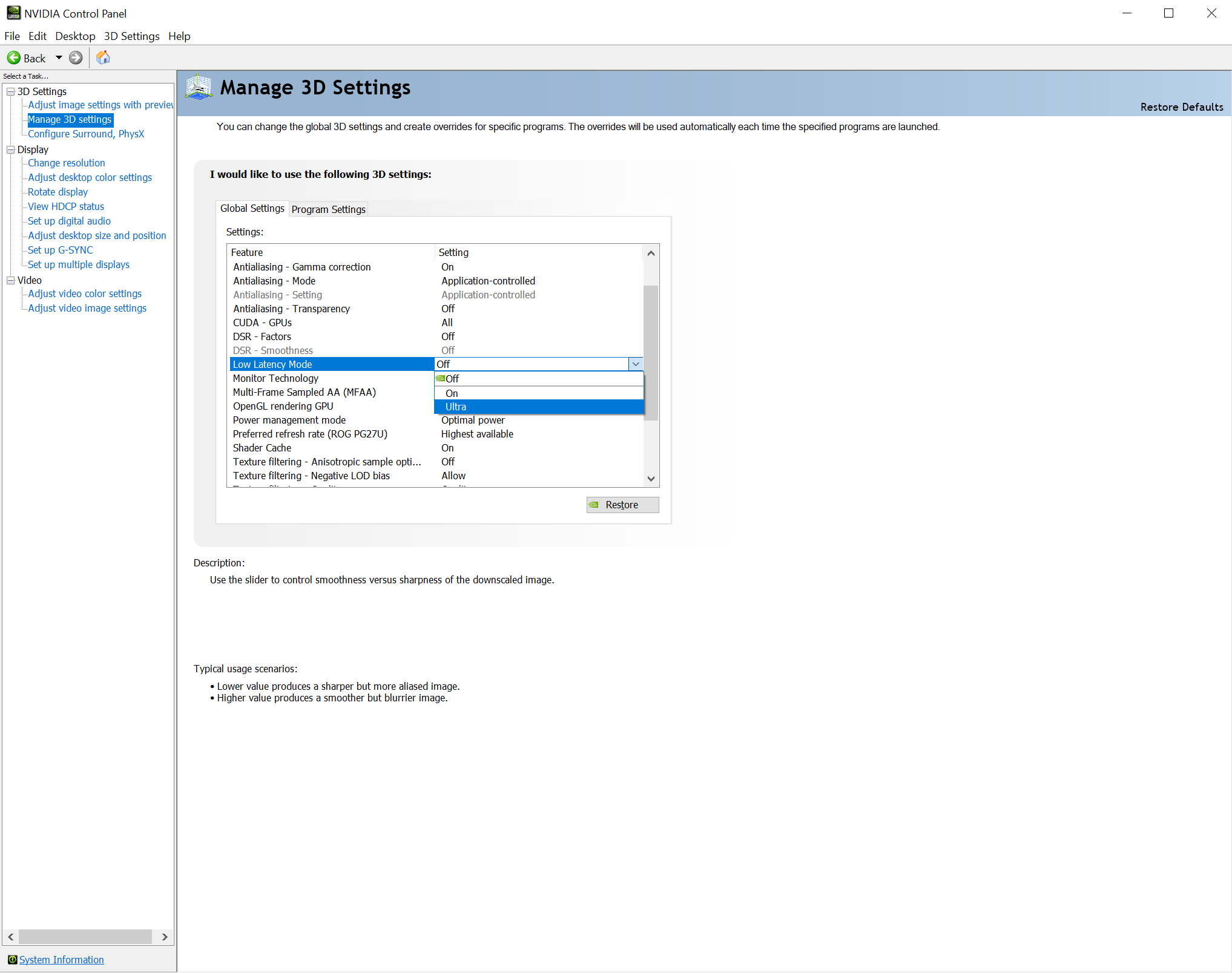

If the game is subject to the graphics card bottleneck and the frame rate is between 60-100 FPS, the low-latency mode is most useful, which can speed up the game response without losing image quality, and can set different delay modes for each game.
This technology supports all NVIDIA graphics card models, suitable for DX9, DX11 games, and in DX12, Vulkan are the game itself to determine the queue frame.
- integer scaling
Many games have to magnify pixels at high resolution, resulting in blurred images, while Integer Scaling maintains resolution while maintaining picture detail and sharpness.
This technology is limited to Turing-architecture GPUs because they have built-in hardware-accelerated programmable scaling filters, and function switches can also be found in the driver control panel.

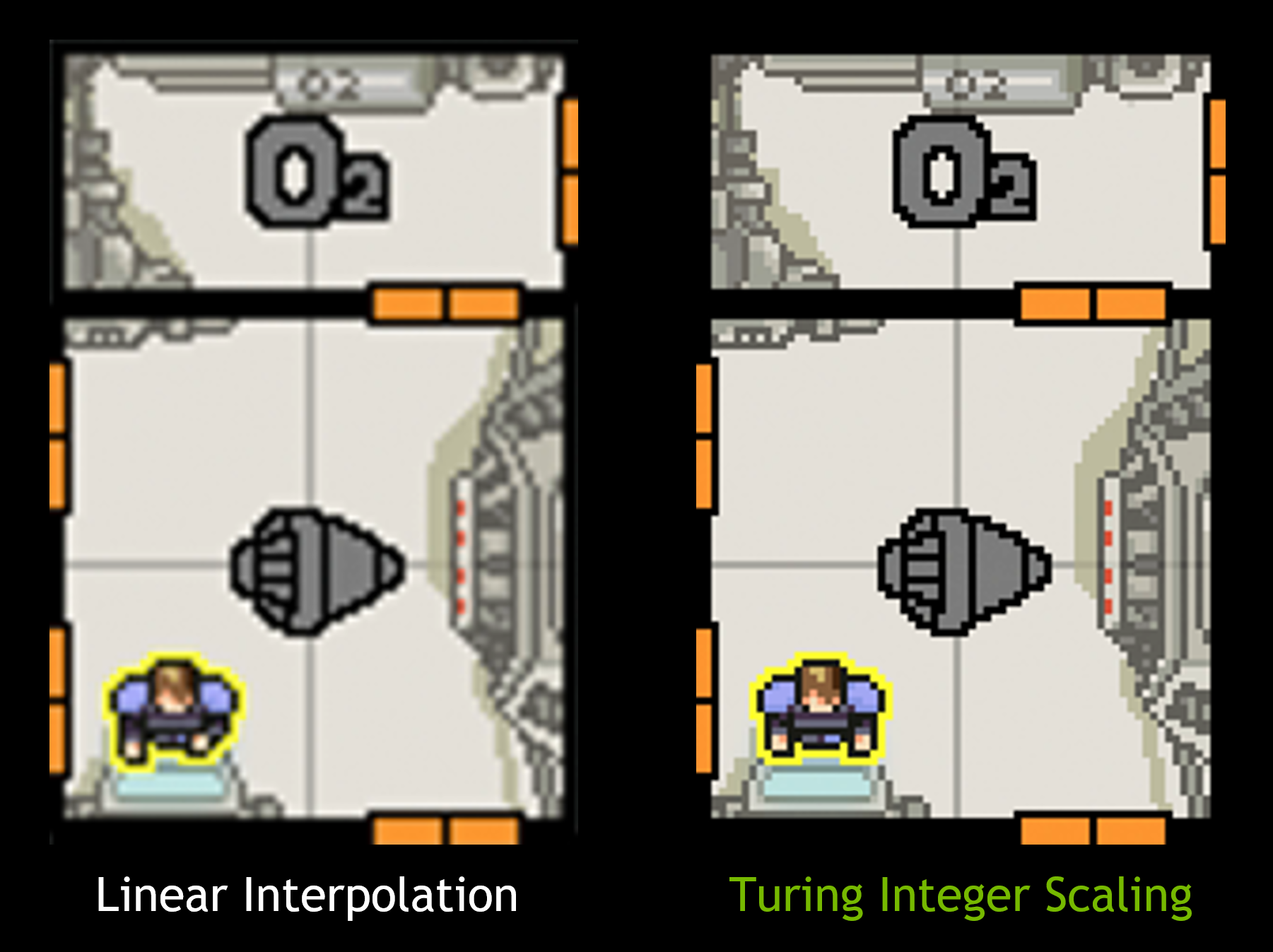
As shown in the above comparison chart, the left side is the result of traditional scaling of "FTL Beyond Lightspeed" at 4K resolution, and the right side is integer scaling, which is sharper and sharper.
Note, however, that after the integer scaling technique is turned on, the traditional screenshot method will fail, and the comparison map here is obtained using the hardware capture card.
- Image sharpening
This time it's GeForce Experience, adding a new sharpening filter (Sharpen Freestyle) that seems to be for AMD RIS sharpening technology.
Compared to the current detail filter, the sharpening filter can improve image quality, performance loss is only half of the original, and allows players to 0%-100% custom sharpening, can also be set for each game.
It fully supports DX9, DX11, DX12, Vulkan games.
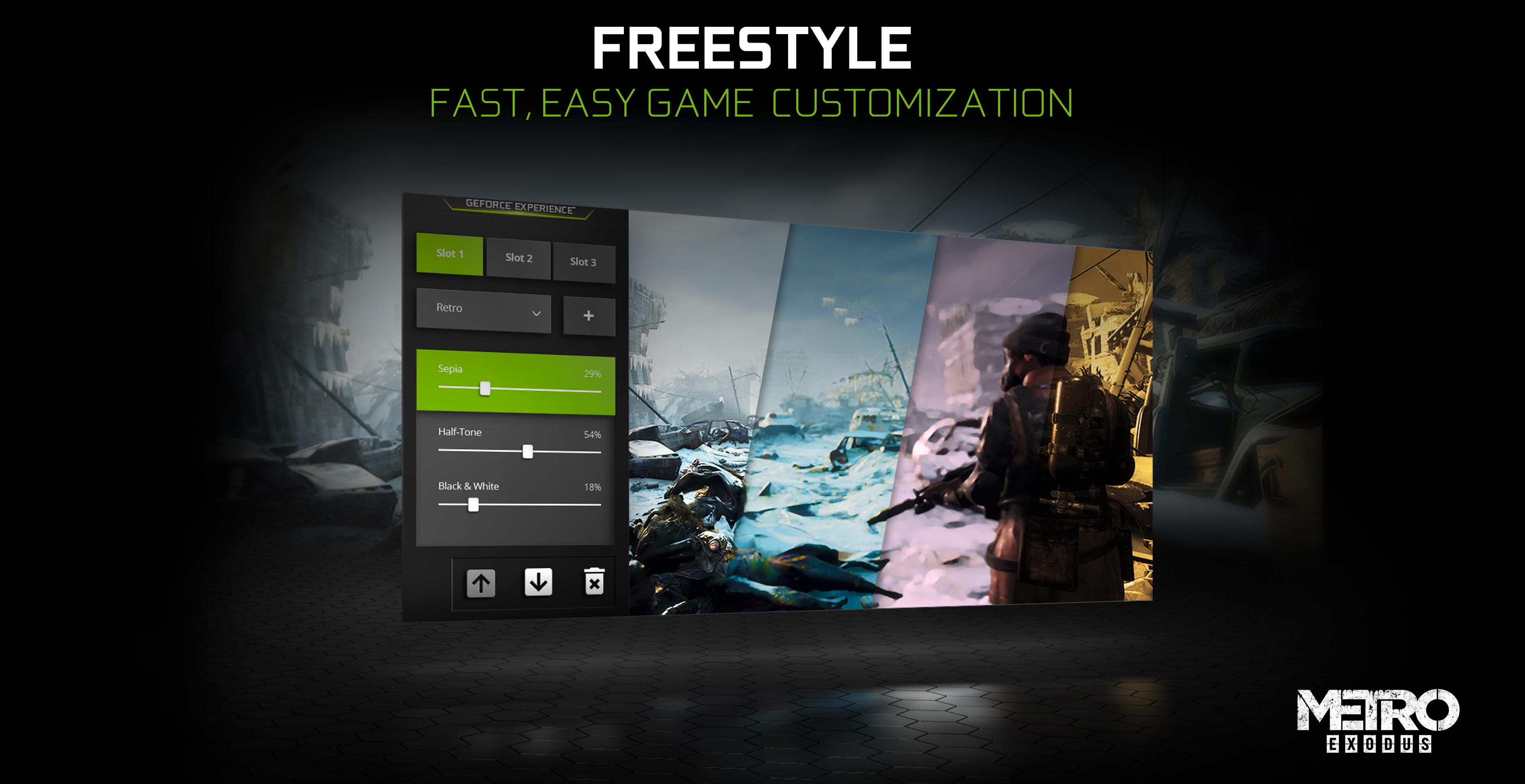

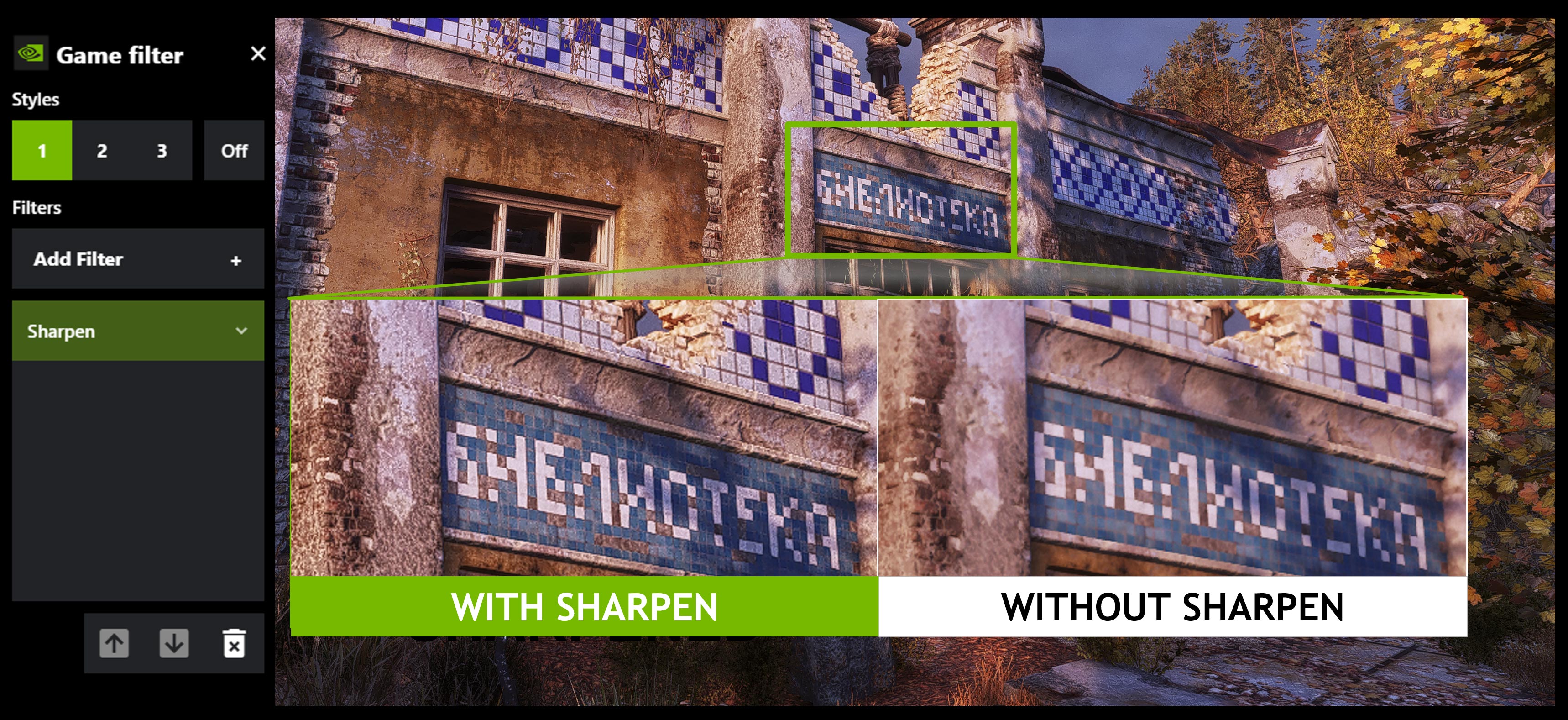
- 30-bit color
Previously, the Studio Driver driver has opened 30-bit color on some game cards, and the number of displayed colors has increased from 16.7 million to 1 billion. Now it has finally joined the game driver and fully supports the GeForce and Titan series.
Support software includes: Adobe Photoshop, Adobe Premiere Pro, Autodesk RV, Colorfront Transkoder, Assimilate Scratch, Foundry Nuke, and more.
In addition, the new driver also supports more G-Sync compatible displays, including ASUS VG27A, Acer CP3271, Acer XB273K GP, etc. Optimized playable settings (OPS) also support more games.
